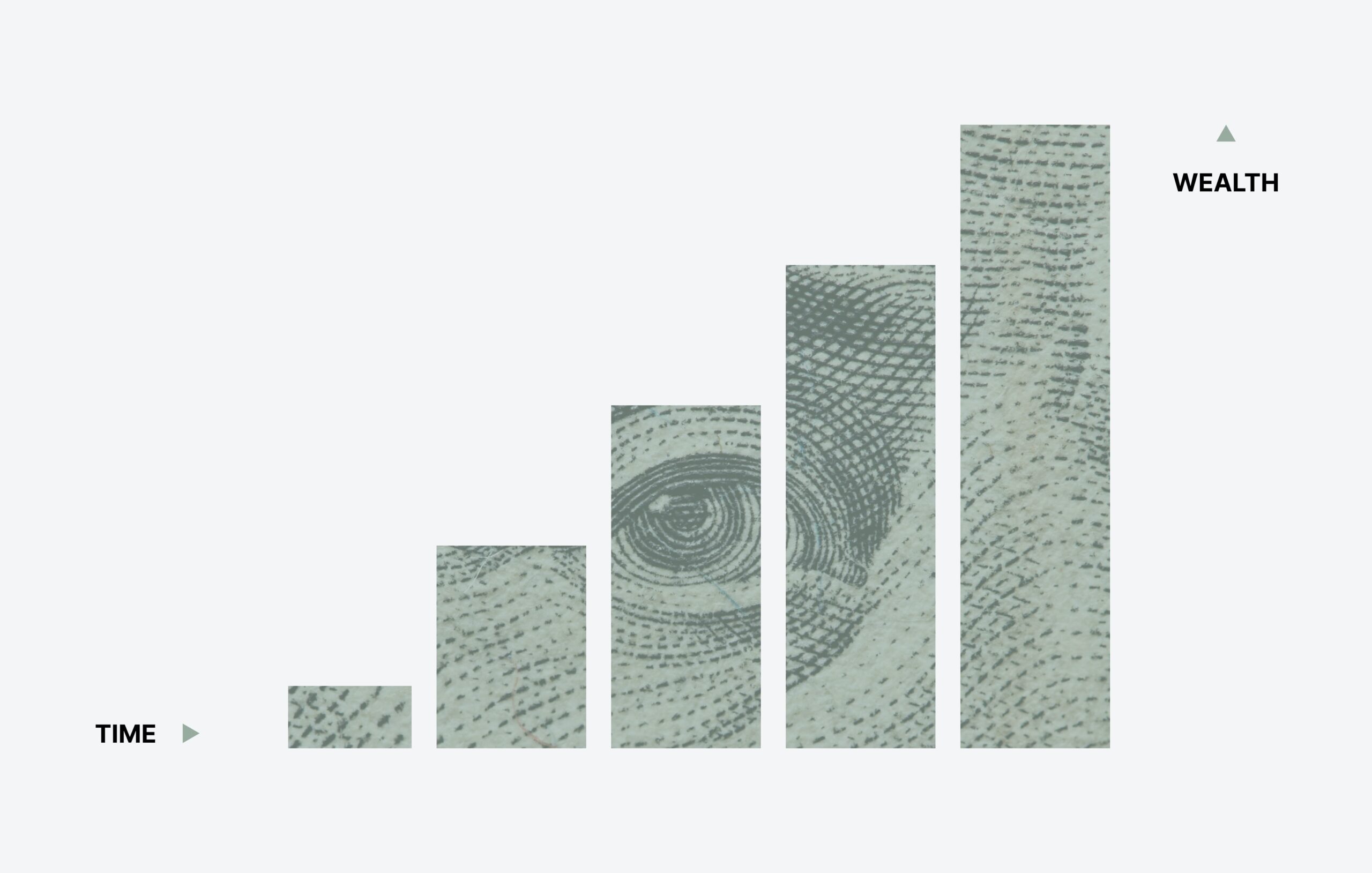 By all accounts, Julian Robertson was a massively successful investor...
By all accounts, Julian Robertson was a massively successful investor...
Robertson founded Tiger Management – one of the first hedge funds – in 1980. Over the next 18 years, the fund returned nearly 32% annually after fees.
Compare that with the S&P 500's paltry 13% annual return over the same period. It's the difference between turning $1,000 into $8,600 versus turning it into $142,000.
But the fund's ending wasn't nearly as happy. Robertson made some costly mistakes during the dot-com bubble that led Tiger to close in March 2000.
The issue was that Robertson let certain macro trends get in the way of his usual playbook.
One surefire way to tank your portfolio is by holding on to your beliefs until they aren't convenient anymore... especially as new information comes to light.
Today, we'll explain how you can avoid these pitfalls and continue to invest with confidence.
 The world collapses... and so does your portfolio's value.
The world collapses... and so does your portfolio's value.
Two incorrect macro calls sank Robertson and Tiger Management.
First, he made a bad bet against the Japanese yen. Robertson saw that the Japanese economy was in a bit of a bubble – asset prices were soaring, artificially inflating its currency.
He didn't account for the Japanese government buying its own currency and selling other currencies to prop up the yen.
That bet cost Tiger 10% of its value.
But Robertson's bigger mistake was giving up on his process during the dot-com bubble. You see, he knew the bubble was just that – an overreaction. He expected the market to come to its senses. But he couldn't take the pain along the way.
Tiger didn't have much tech exposure at first. The fund started to underperform the market. So Robertson ate his words and invested in tech between 1998 and 2000... right at the peak.
Tiger lost more than 50% of its value in 2000. Robertson was forced to close up shop.
In the end, investors didn't have confidence in his process. And he clearly didn't, either. Robertson gave up because the macro environment seemed to be getting the best of him.
 Macro factors often become folks' biggest worry...
Macro factors often become folks' biggest worry...
After all, they affect almost all aspects of our lives.
Economic growth directly impacts our cost of living, influences our jobs, determines our vacation plans, etc.
For members of our team, stressors can be about everything and anything...
From the Turkish election... to U.S. debt headwalls and a potential recession... to whether or not recent gross-domestic-product growth is sustainable in the Philippines... all these are huge challenges.
And yet, many investors have tried to bet on macro... only to crash on the rocks of a poorly mapped shoreline.
When folks start betting on macro, they're betting on uncharted territory. Julian Robertson wasn't a tech investor... So when he invested in tech, he was doing so as a reaction to the macro environment that was sending tech stocks higher.
At the end of the day, investors often just get things wrong thanks to their investment framework.
 Building a smart and reliable process is key for smart investors...
Building a smart and reliable process is key for smart investors...
Regular readers know we love the mantra "strong opinions, weakly held." The issue is that many macro-focused people do the opposite. They have weak views... but they hold on to them for longer than they should.
And that means they crack at the last possible moment.
We've been in a strong rally for the past several months. Many investors are questioning if we're entering a new bull market. Maybe we all got it wrong... Maybe artificial intelligence is going to solve our economic woes... Maybe labor shortages are fixed... Maybe inflation is about to plummet...
It's easy to talk yourself in circles with "maybes." This is why having a repeatable framework is so important.
A structurally sound, repeatable process gives you confidence in your long-term decisions... even when the market disagrees for a few months. Likewise, it can give you the confidence to change your mind.
You should never switch your strategy just because the initial results don't look like you expected. That's following the results, not the process.
The current rally doesn't mean all of last year's issues have magically gone away... And by sticking to a clear-cut process, we can check and recheck how our broader outlook is holding up.
 One of our favorite tools is called the Timetable Investor...
One of our favorite tools is called the Timetable Investor...
We wrote about it in detail earlier this week. The Timetable Investor is our monthly market "checkup." It helps us keep track of our market outlook... so we can navigate short-term moves with an eye on the long term.
Right now, the Timetable Investor shows us that credit signals are still tightening. That's a hallmark of a bear market environment. And it fits right in with our overall view of the markets.
All in all, the data still says the economy is facing credit destruction. This will make it harder to access funding and liquidity, putting a damper on market growth.
Using our repeatable Timetable Investor framework, we'll continue to watch that indicator until the trend reverses. Then, we can have confidence in our decision to switch investment styles. There's no need to get distracted by the market "noise."
Stay cautious and stay vigilant. Keep your framework at the forefront of your investing decisions.
Best,
Rob Spivey
June 9, 2023



 By all accounts, Julian Robertson was a massively successful investor...
By all accounts, Julian Robertson was a massively successful investor...

